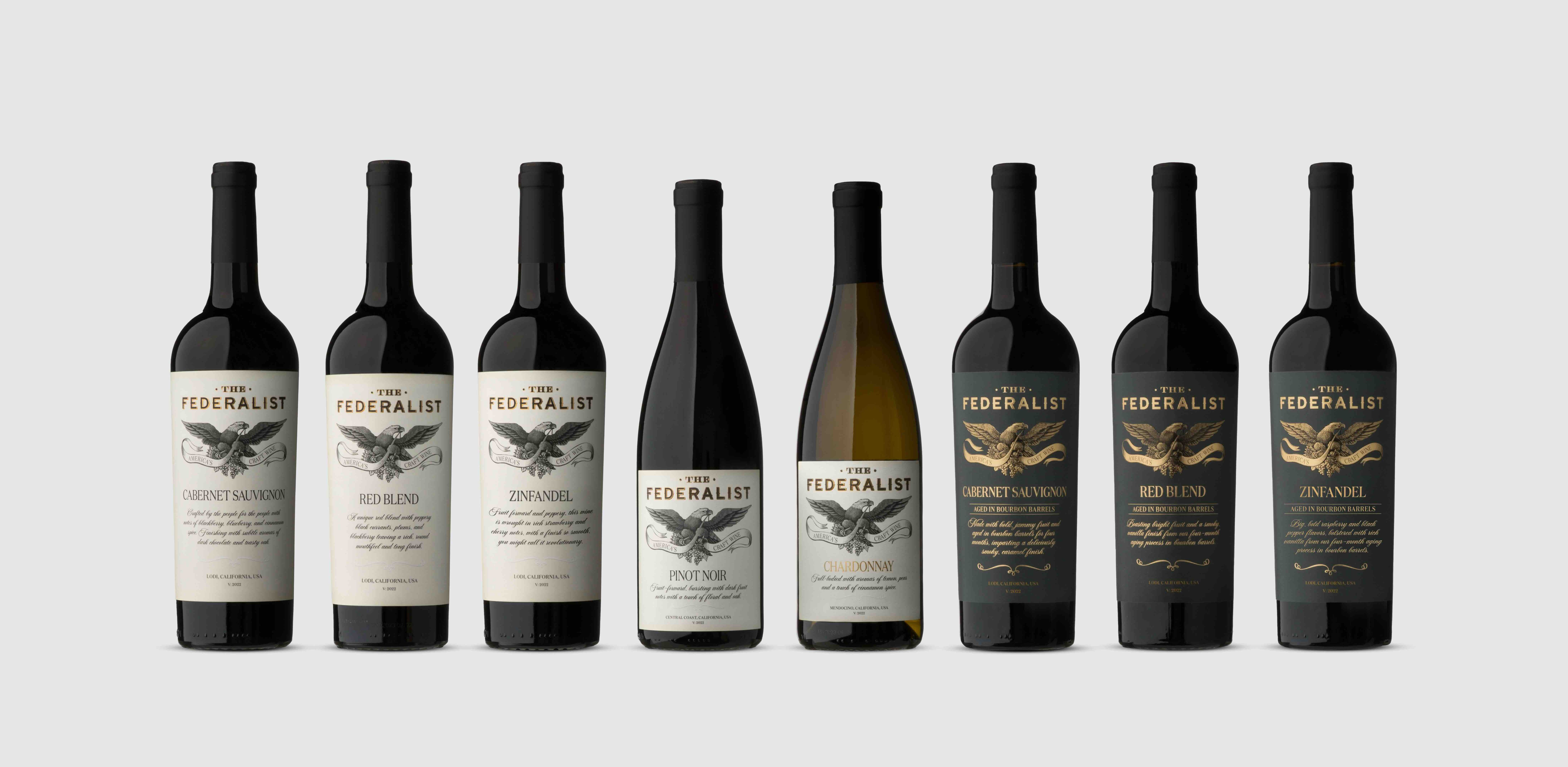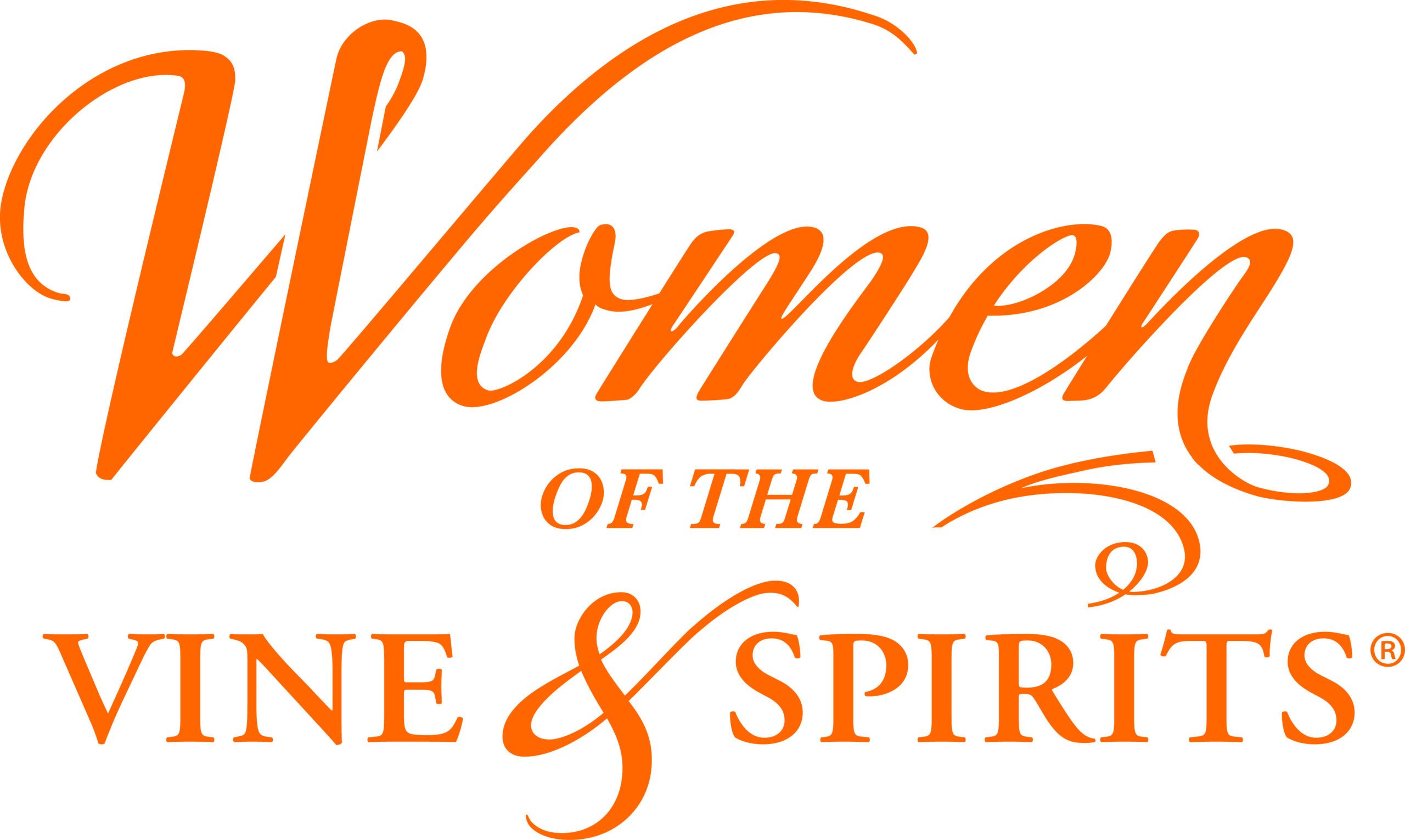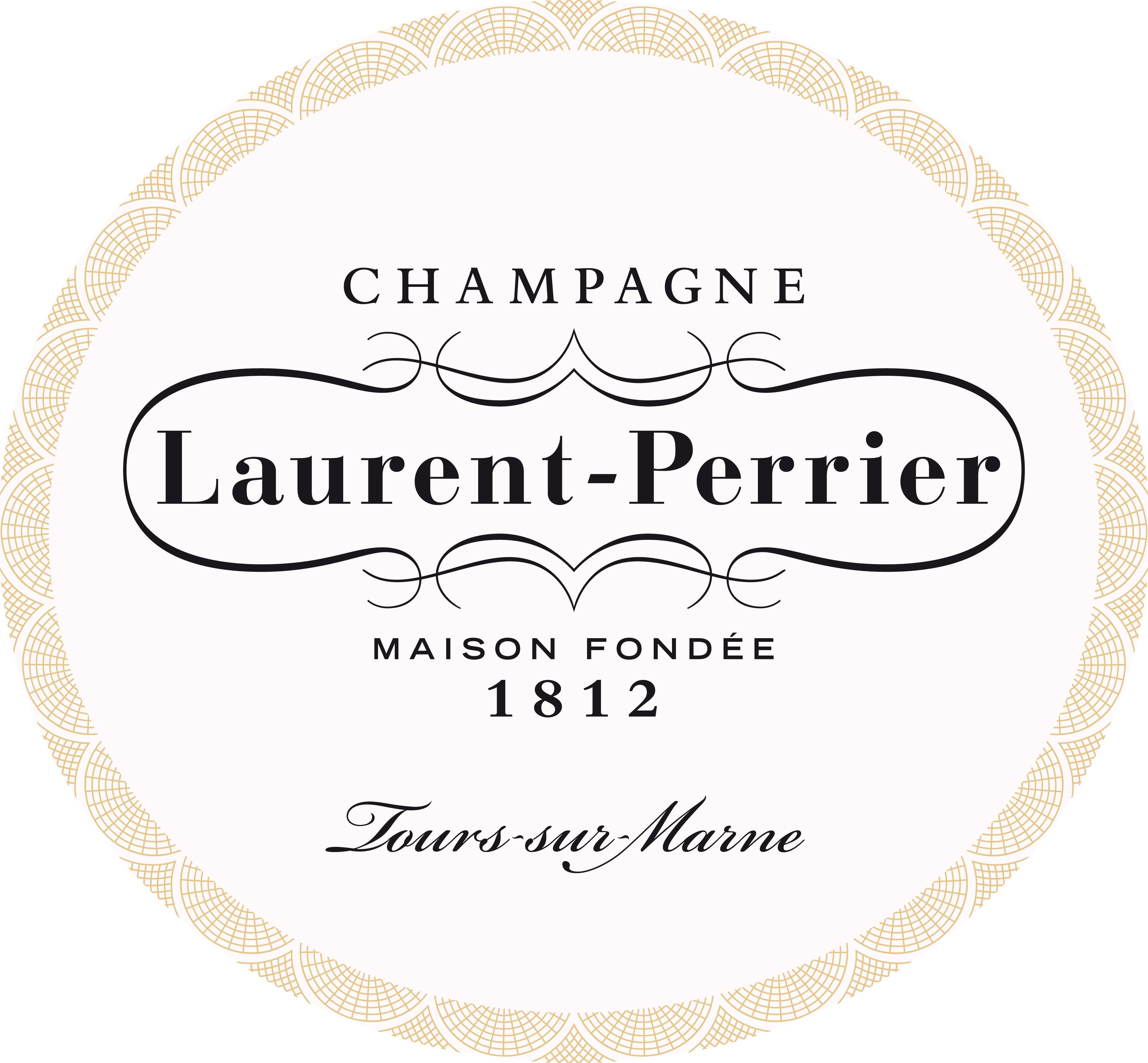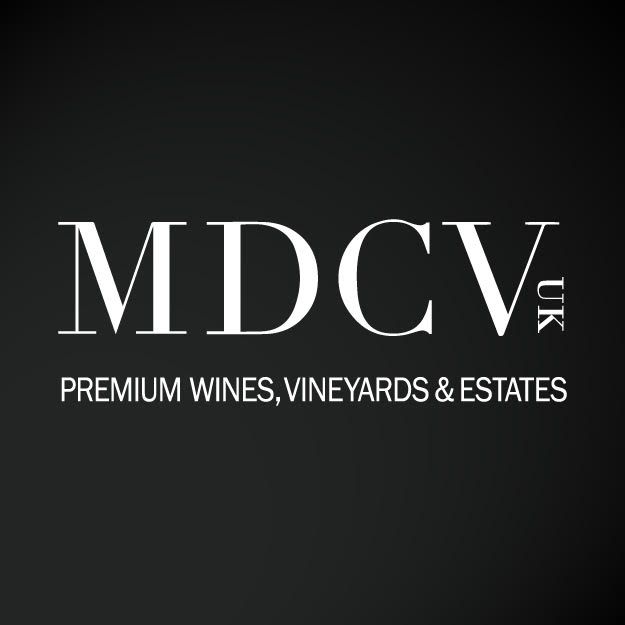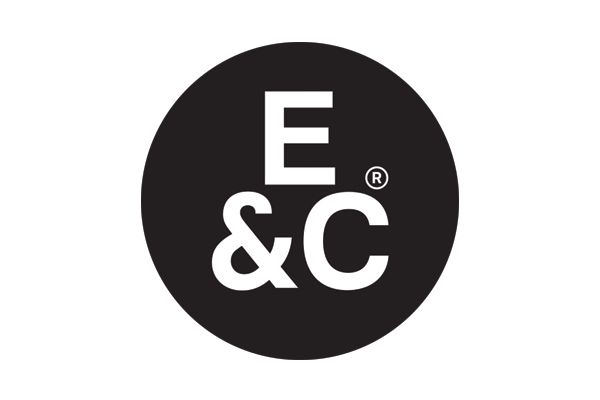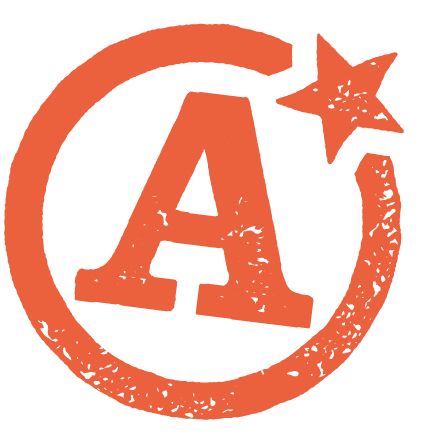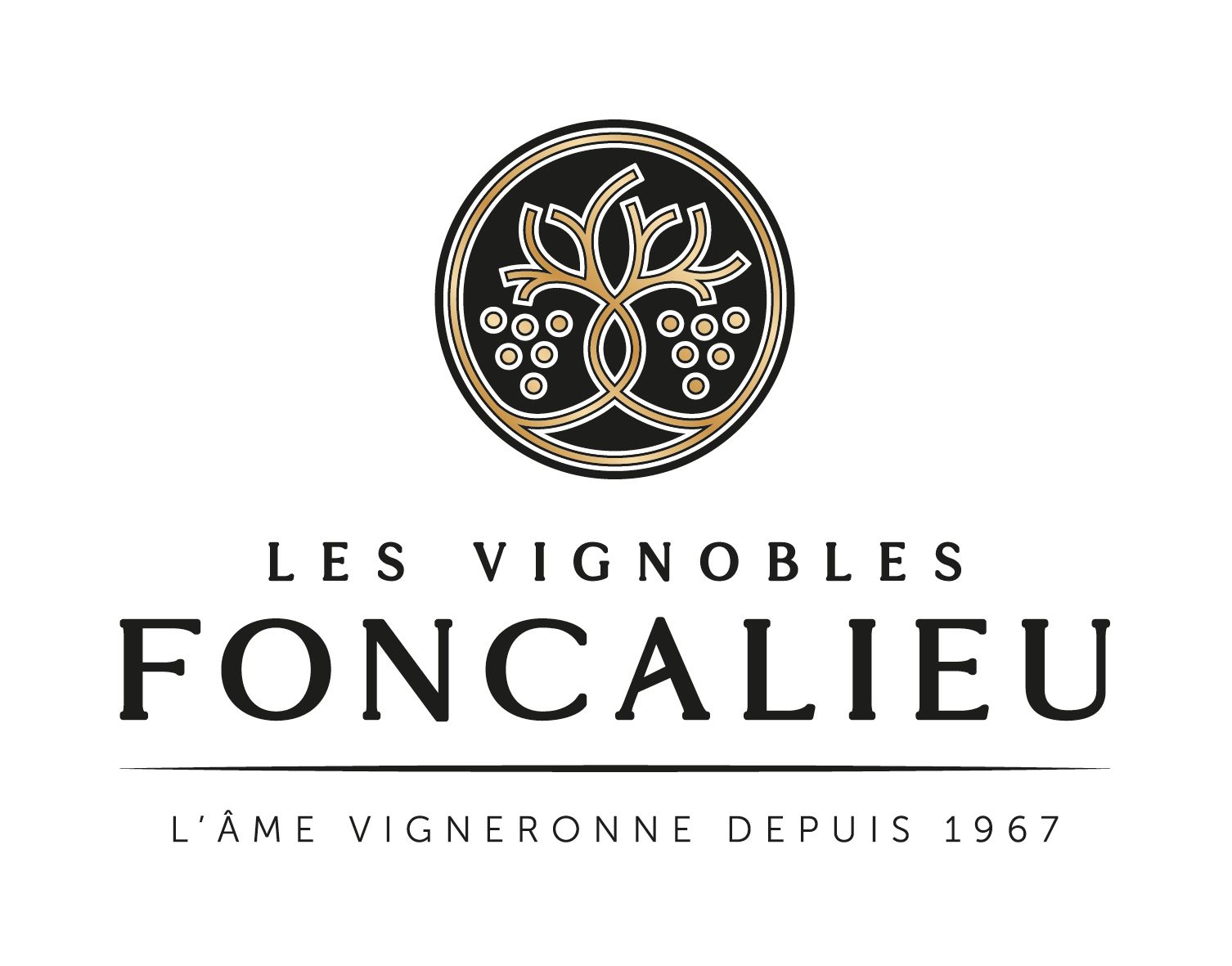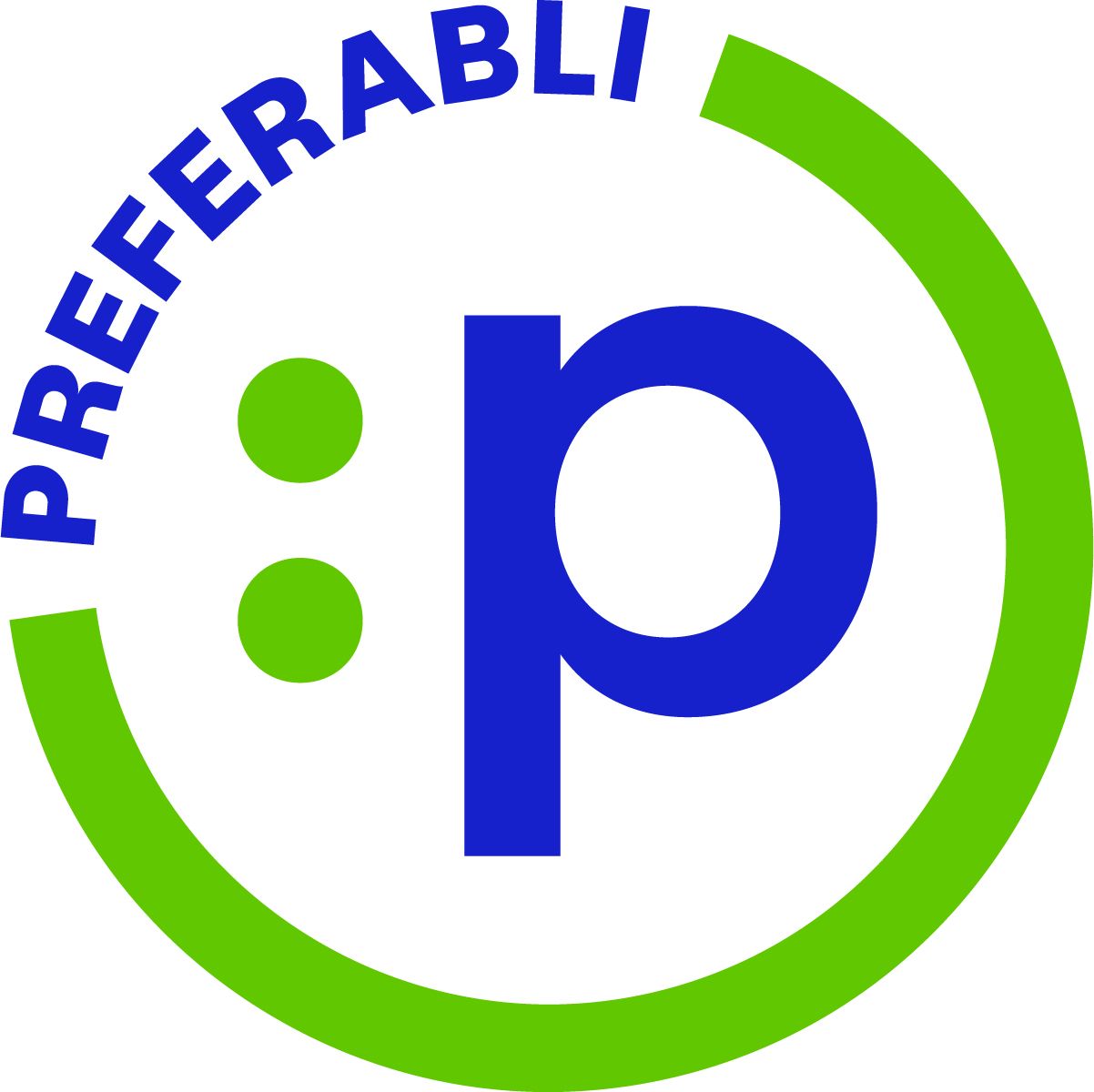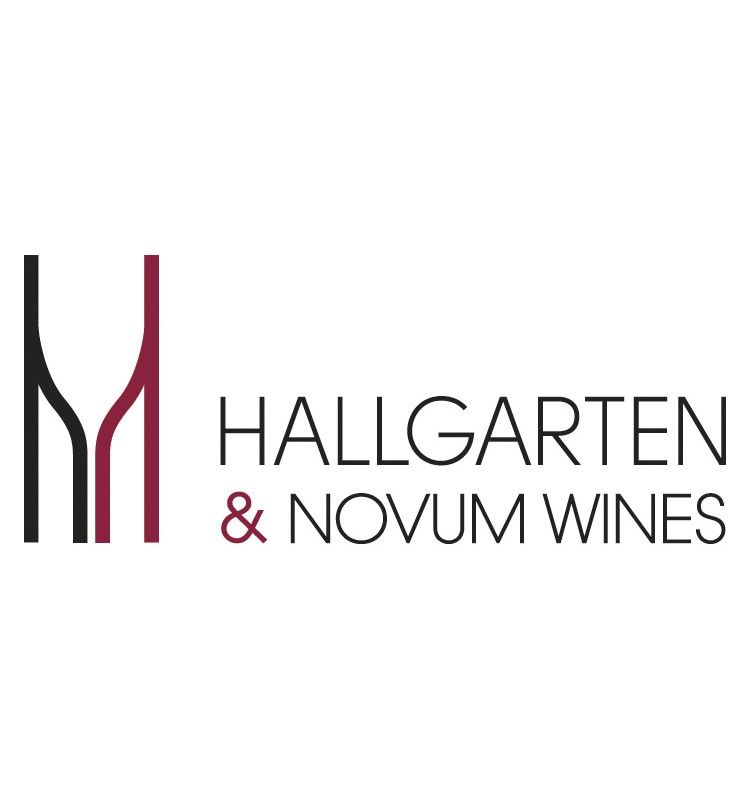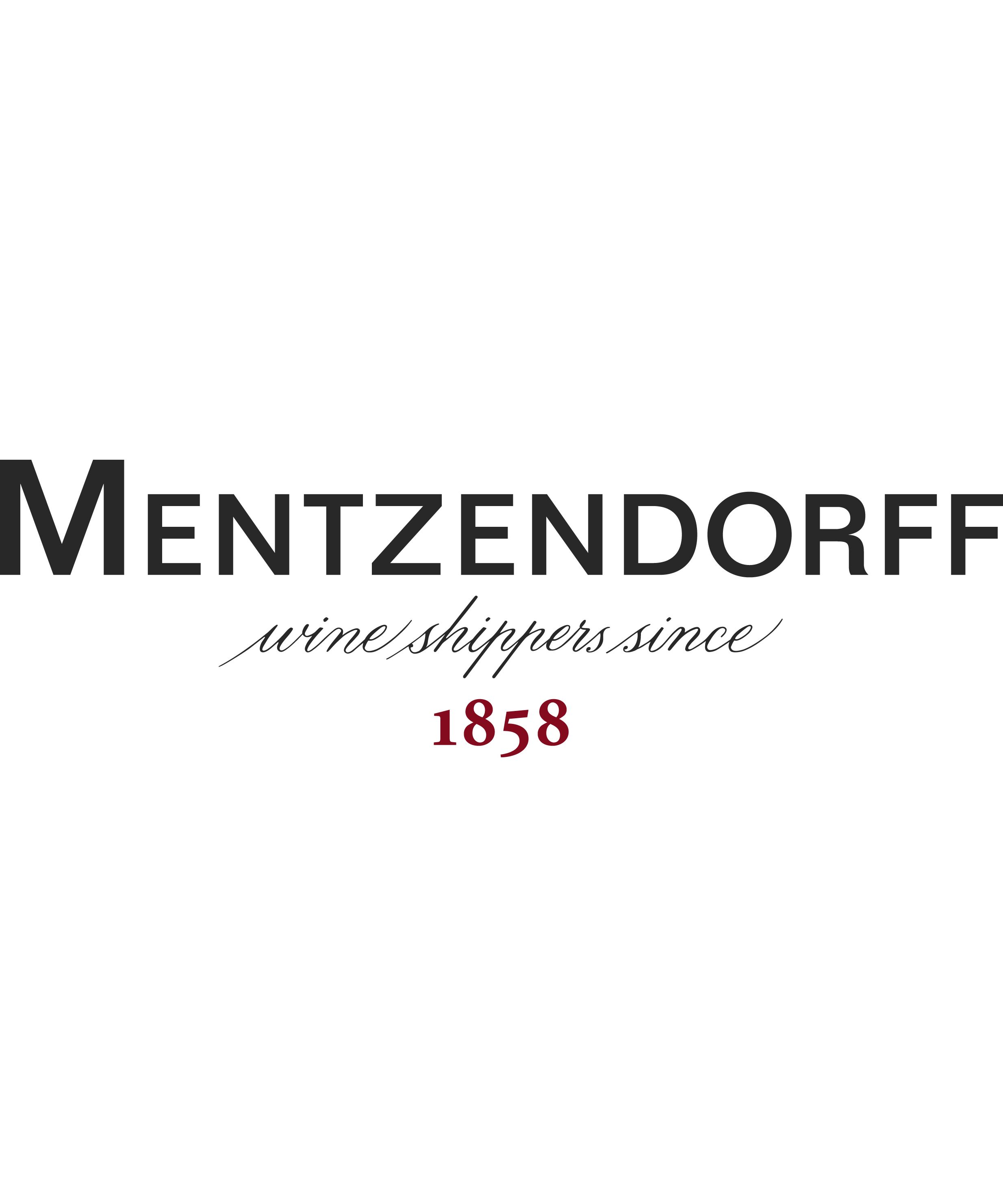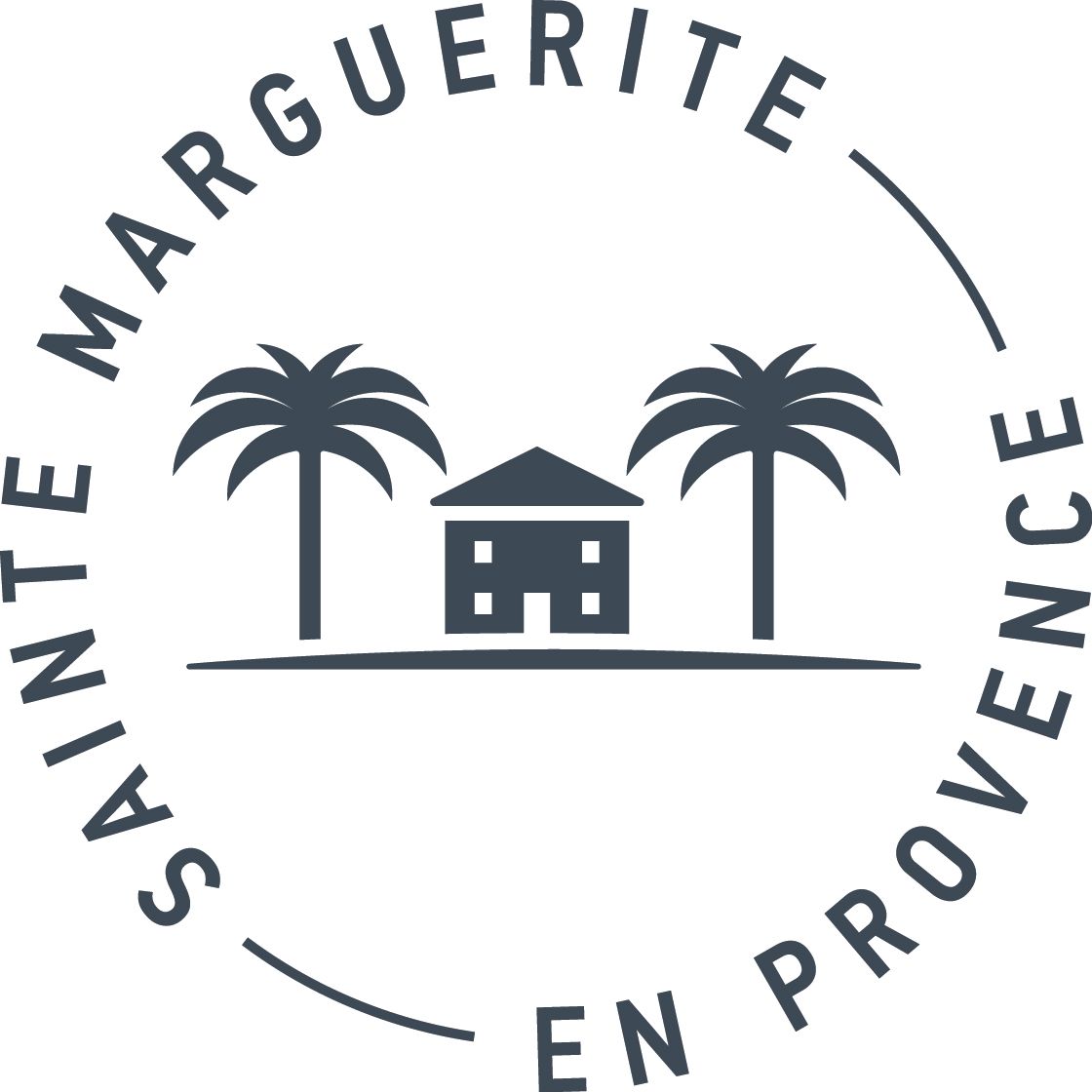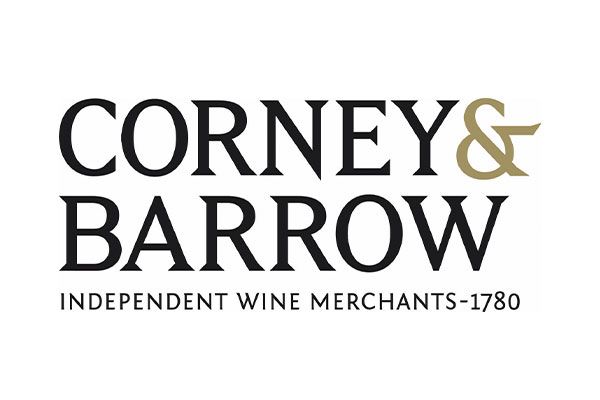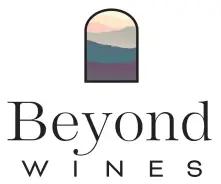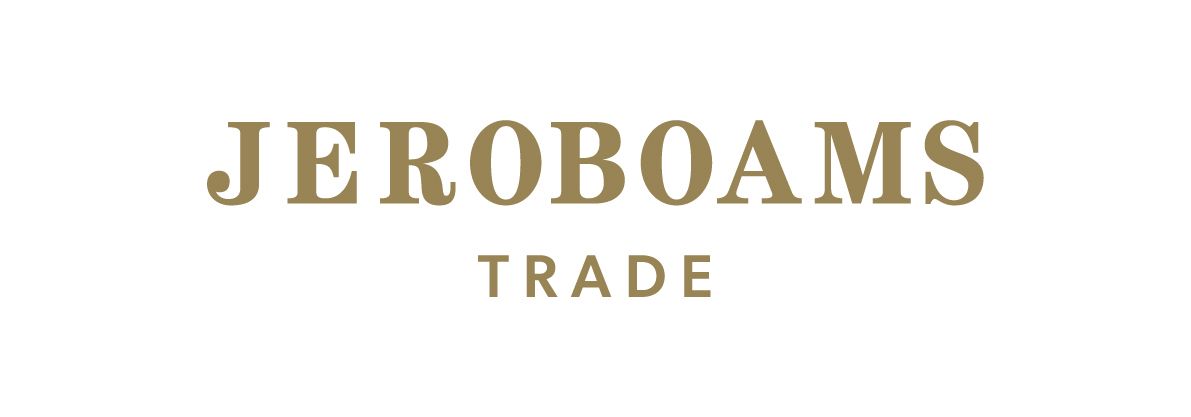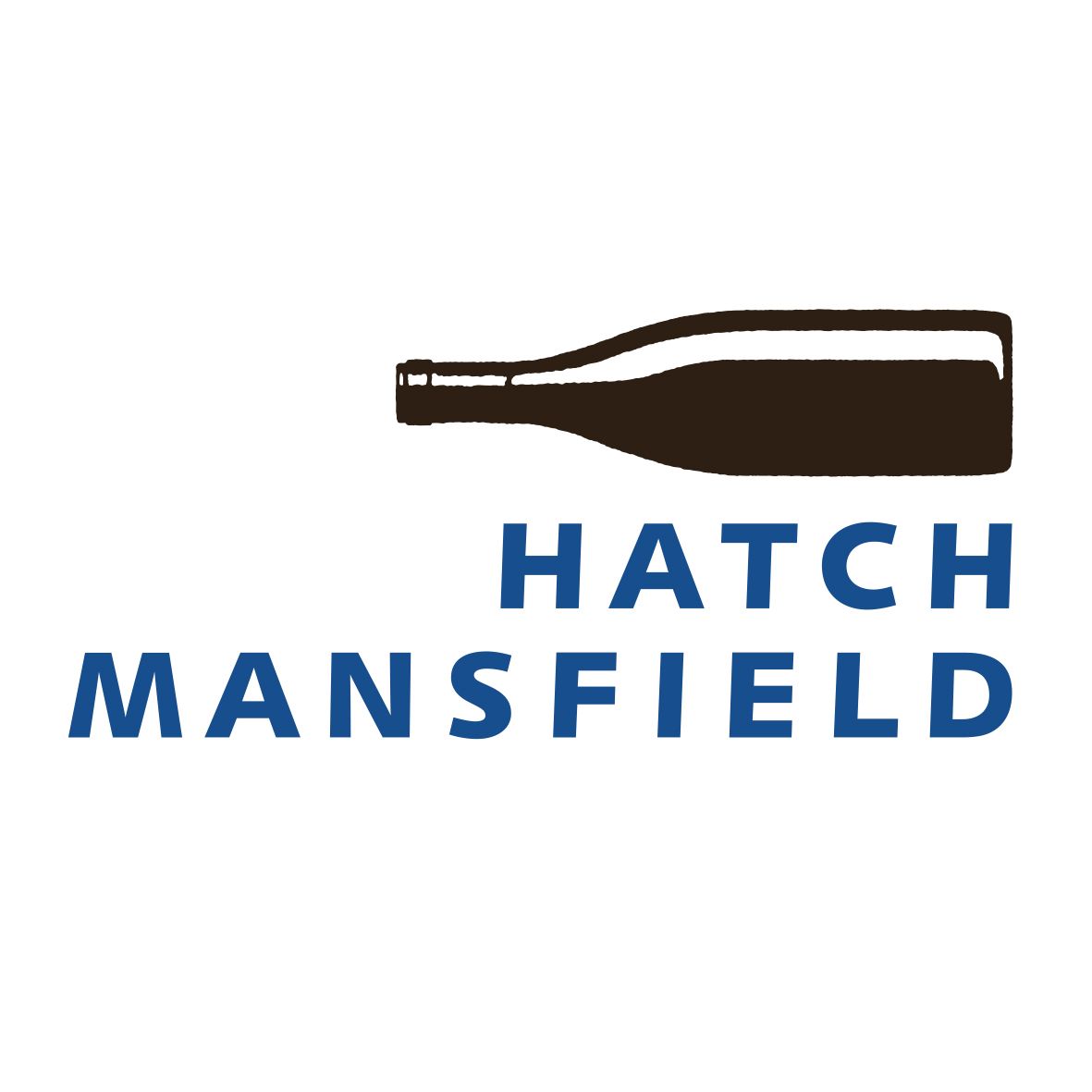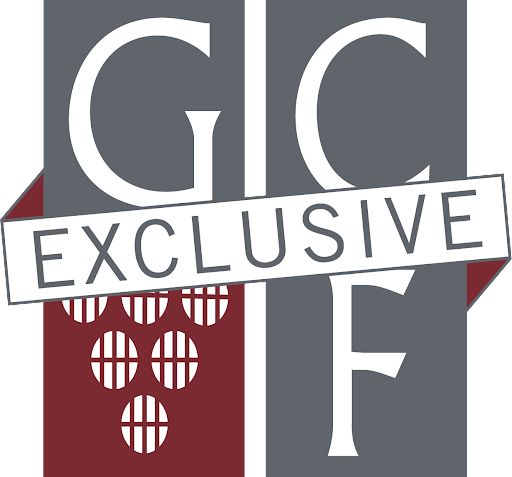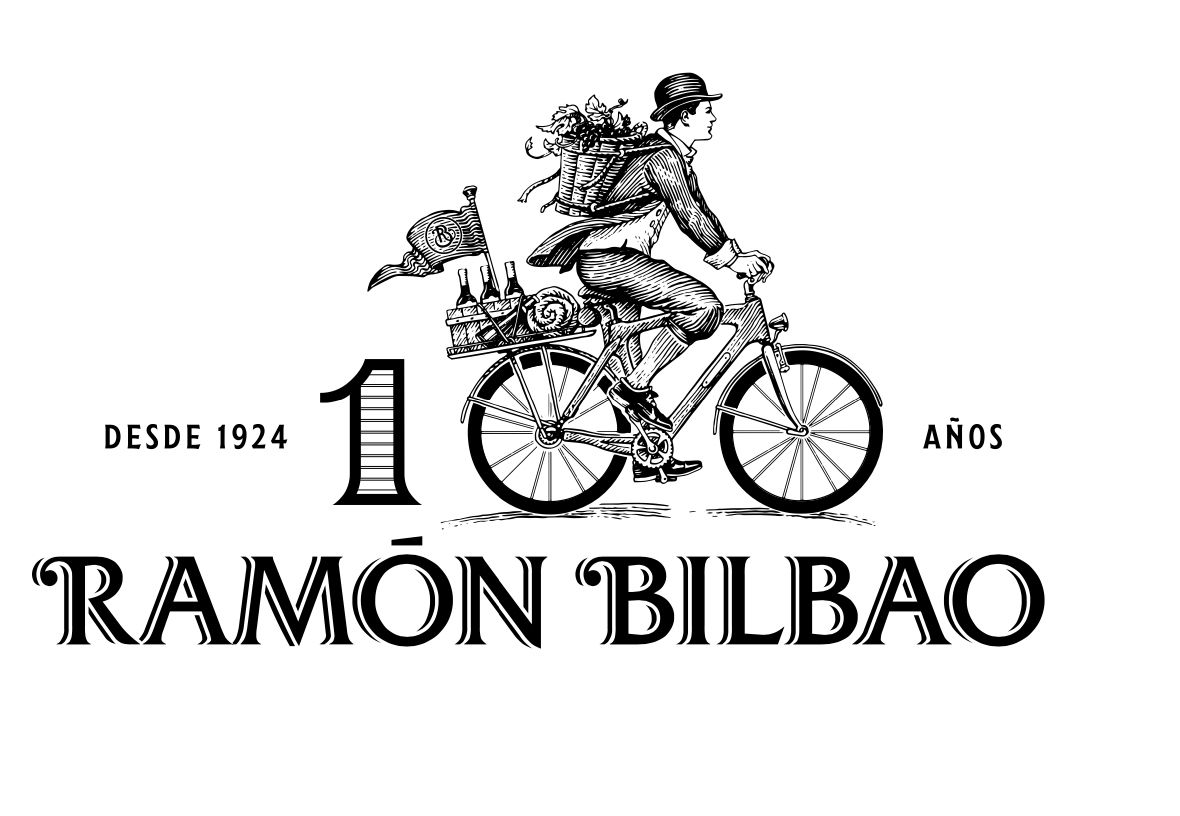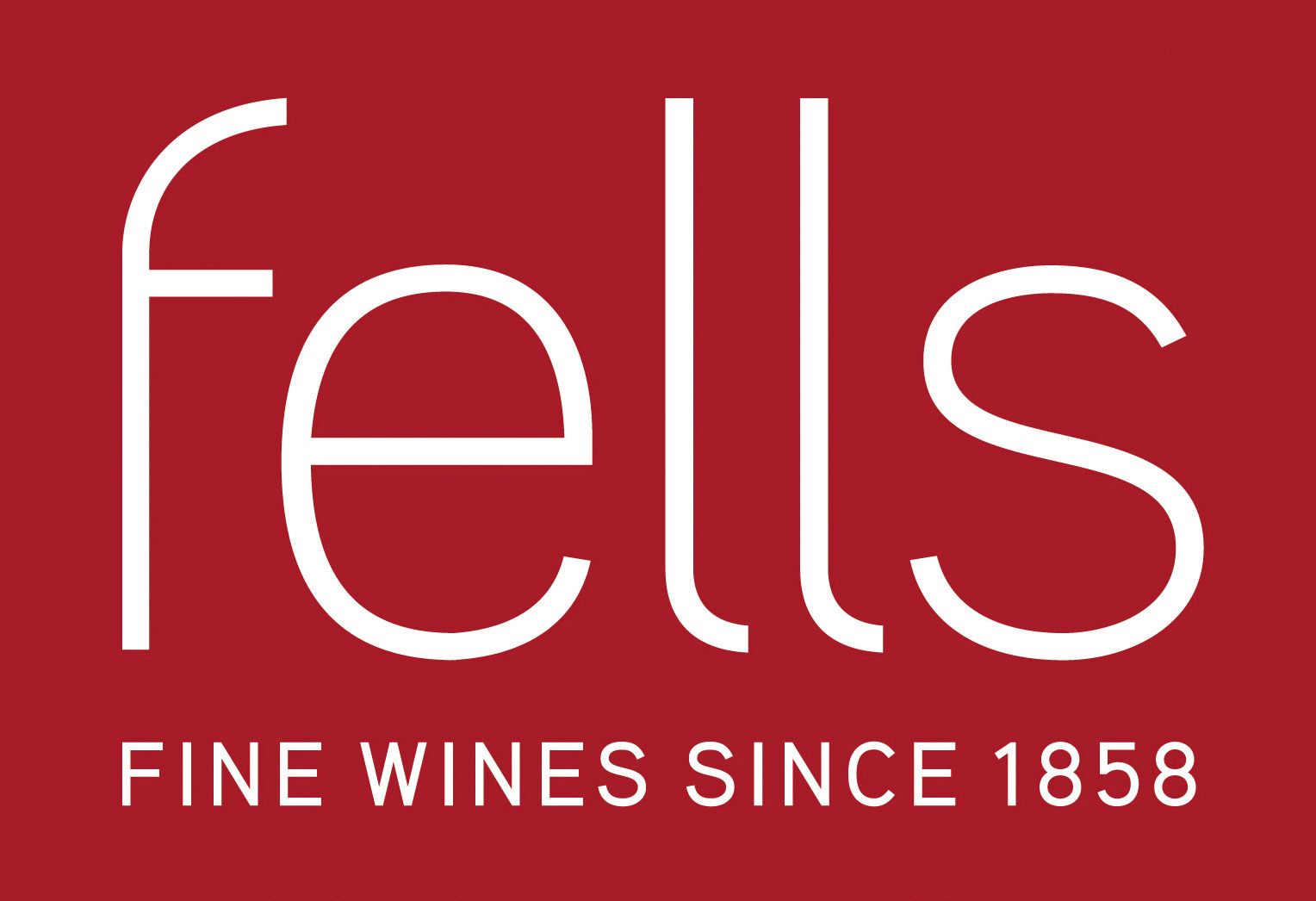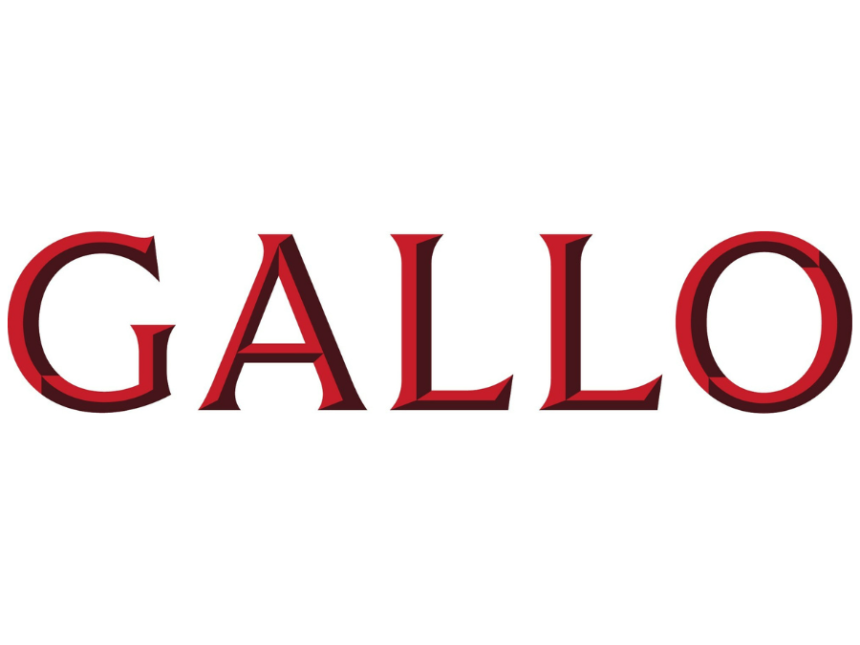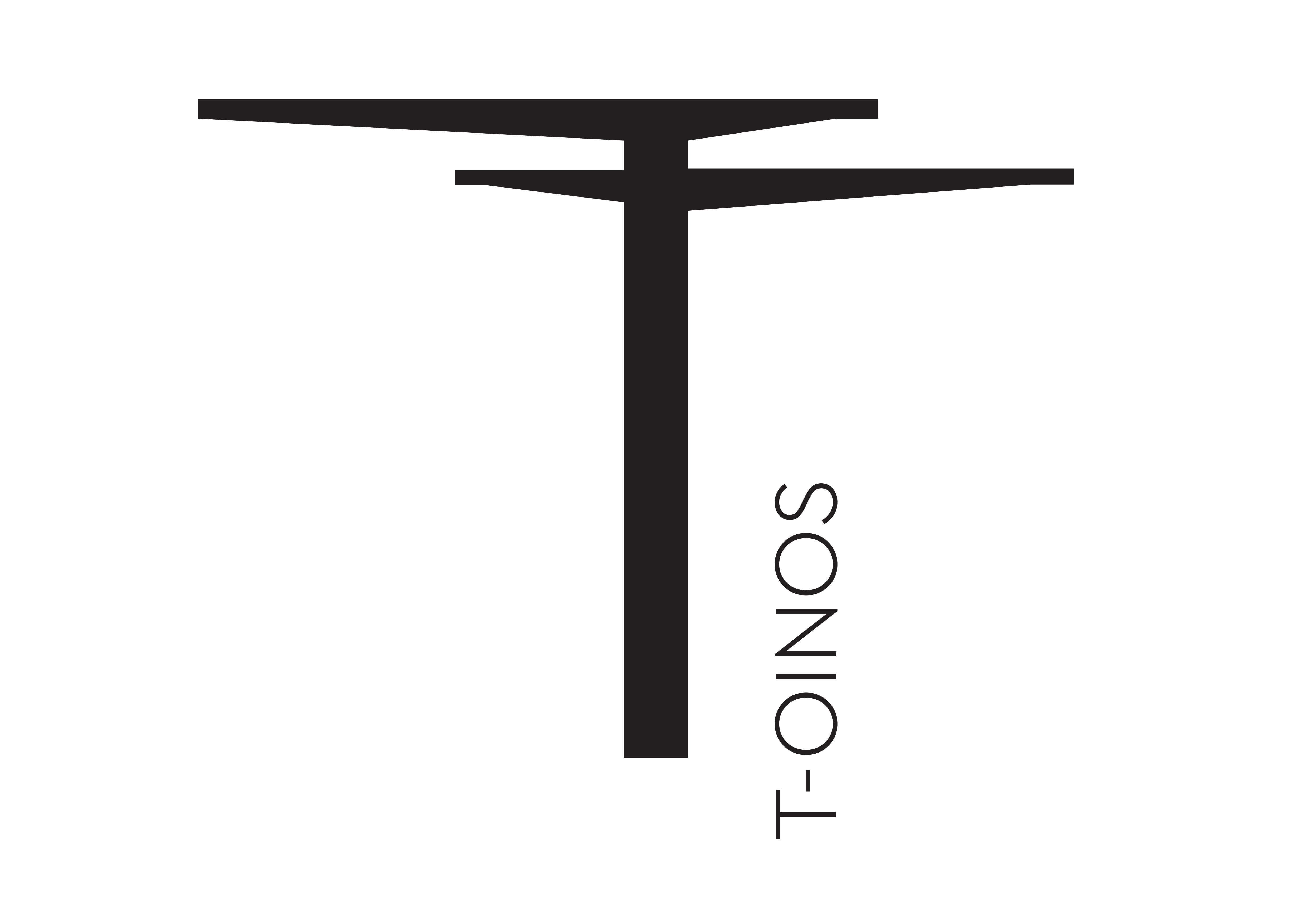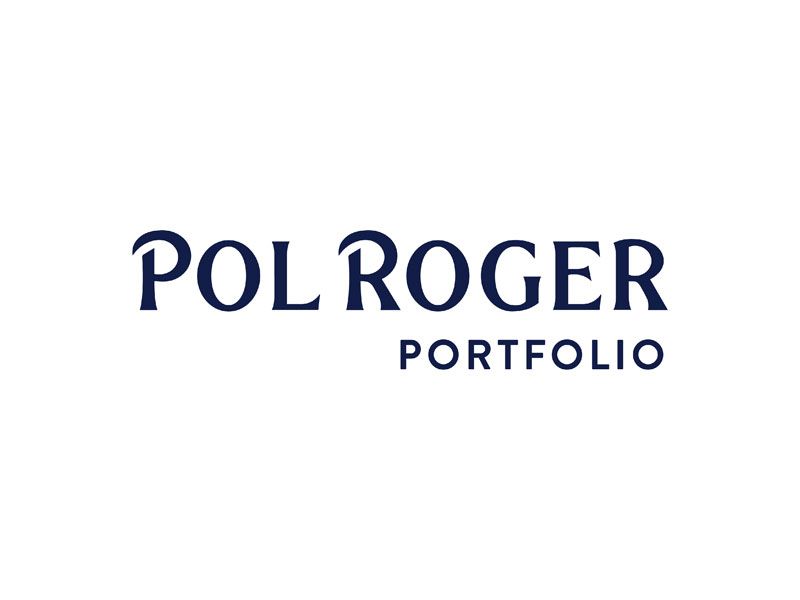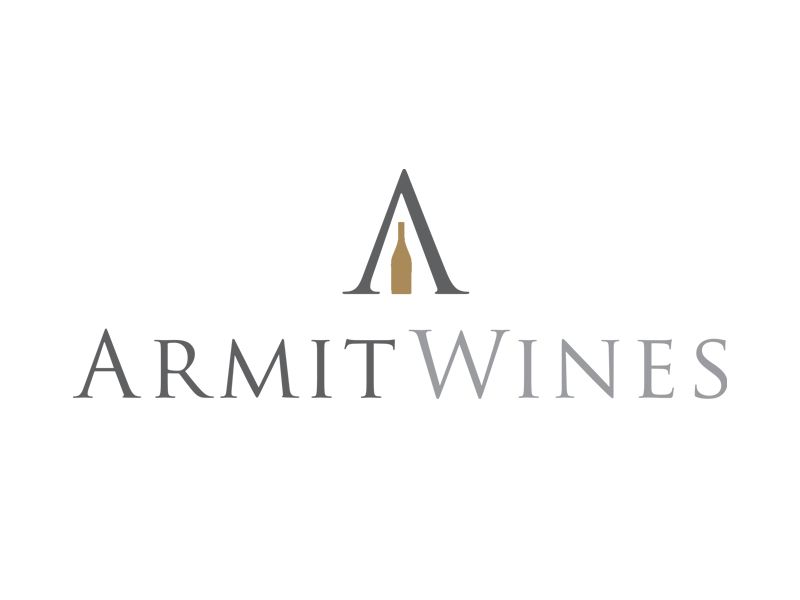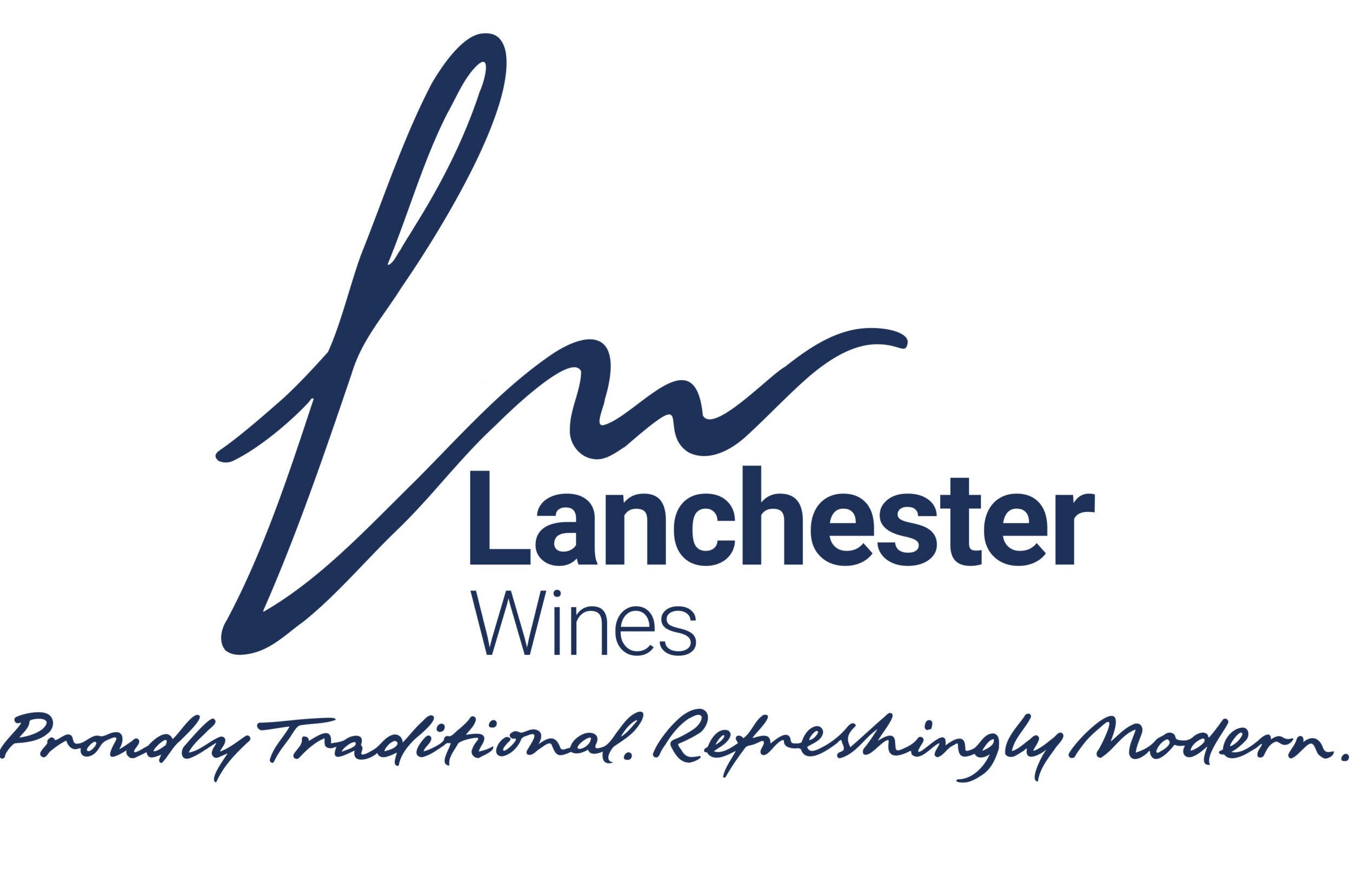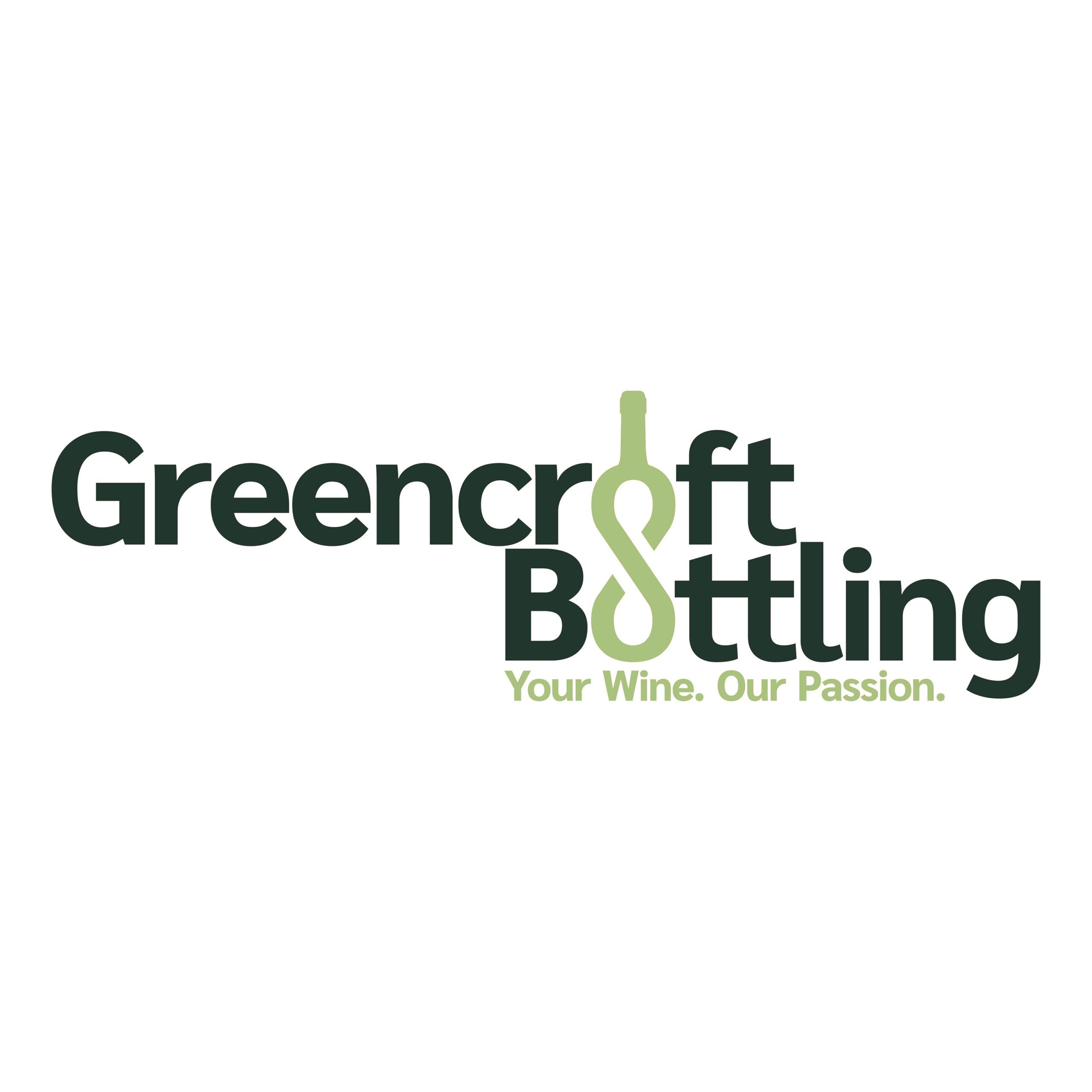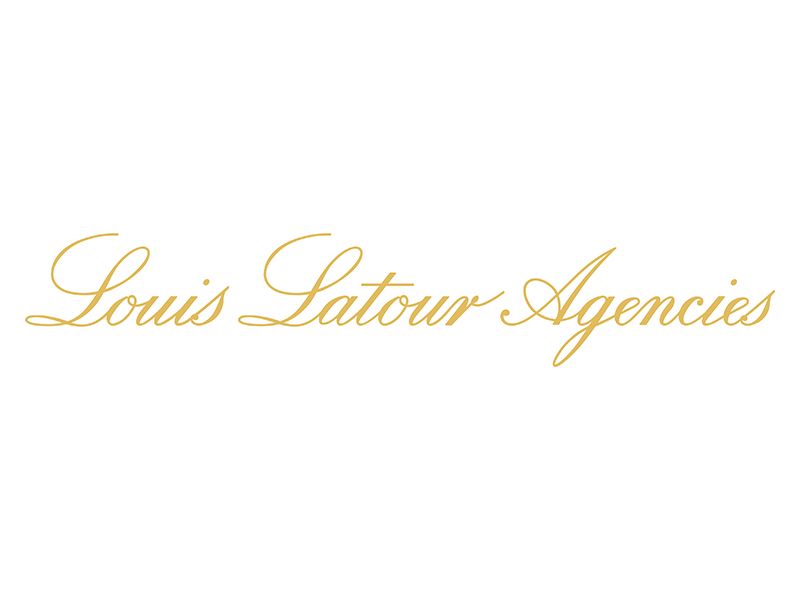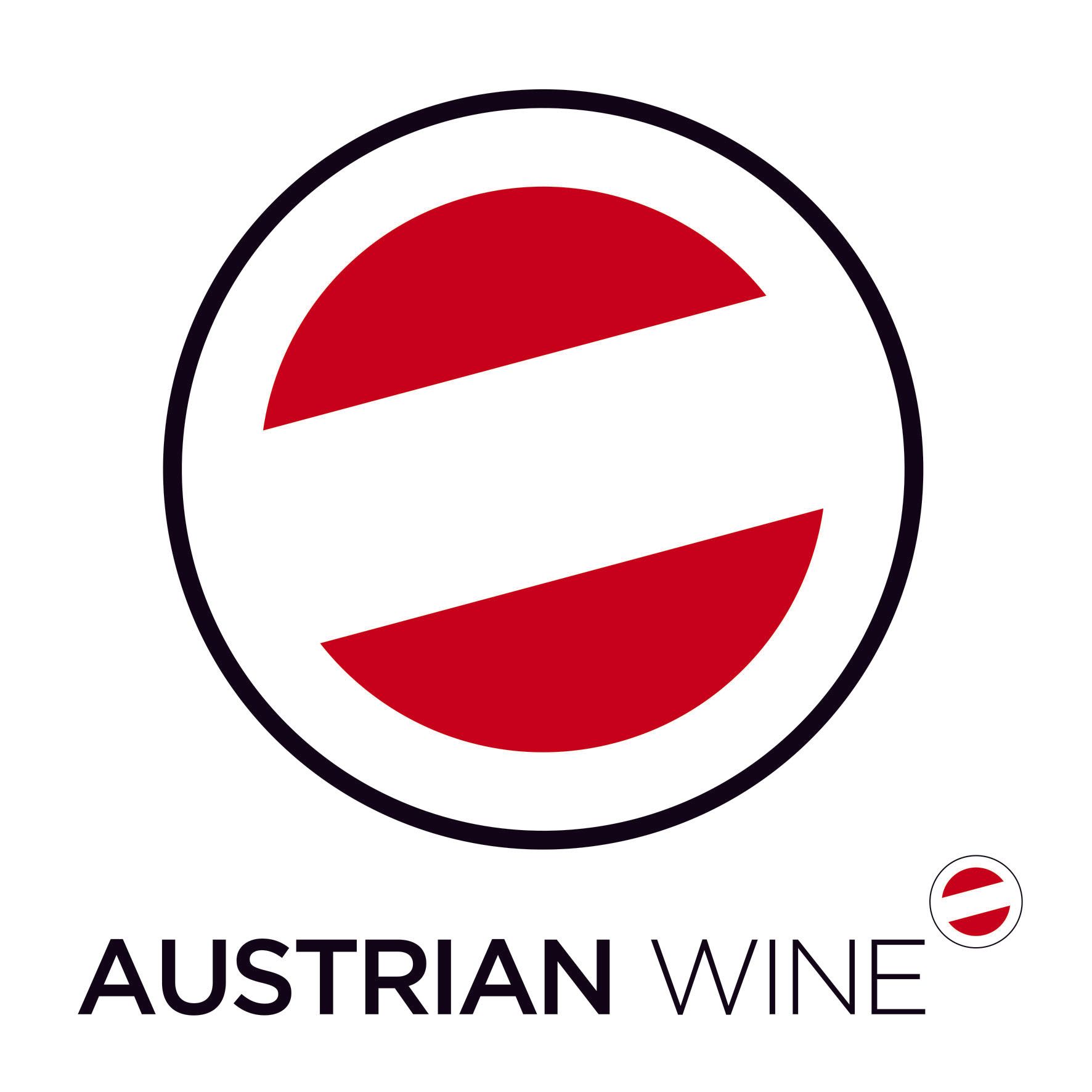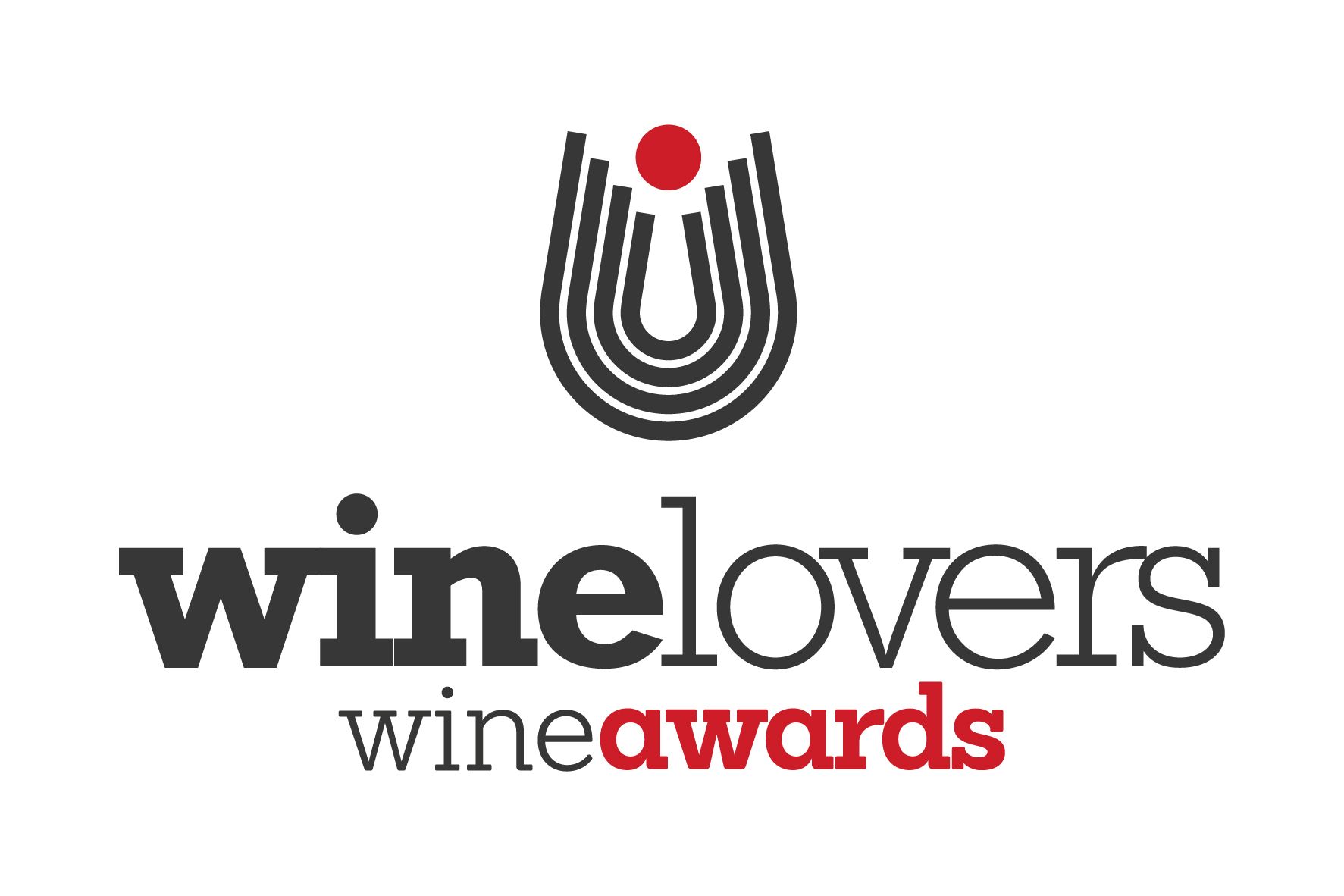At the launch of Bollinger R.D. 2007, De Belenet and Bunner both described the vintage as ‘unexpected’ not only because of the quality of the finished wine from such an uneven vintage but also its distinctive taste.
“And here I have one of the original 1952 bottles,” Charles-Armand de Belenet said holding the first ever Bollinger R.D. 1952 up to the camera so that his invited guests could see it. “We only have three left so I better be careful.”
We held our collective breath and some clasped hands in prayer.
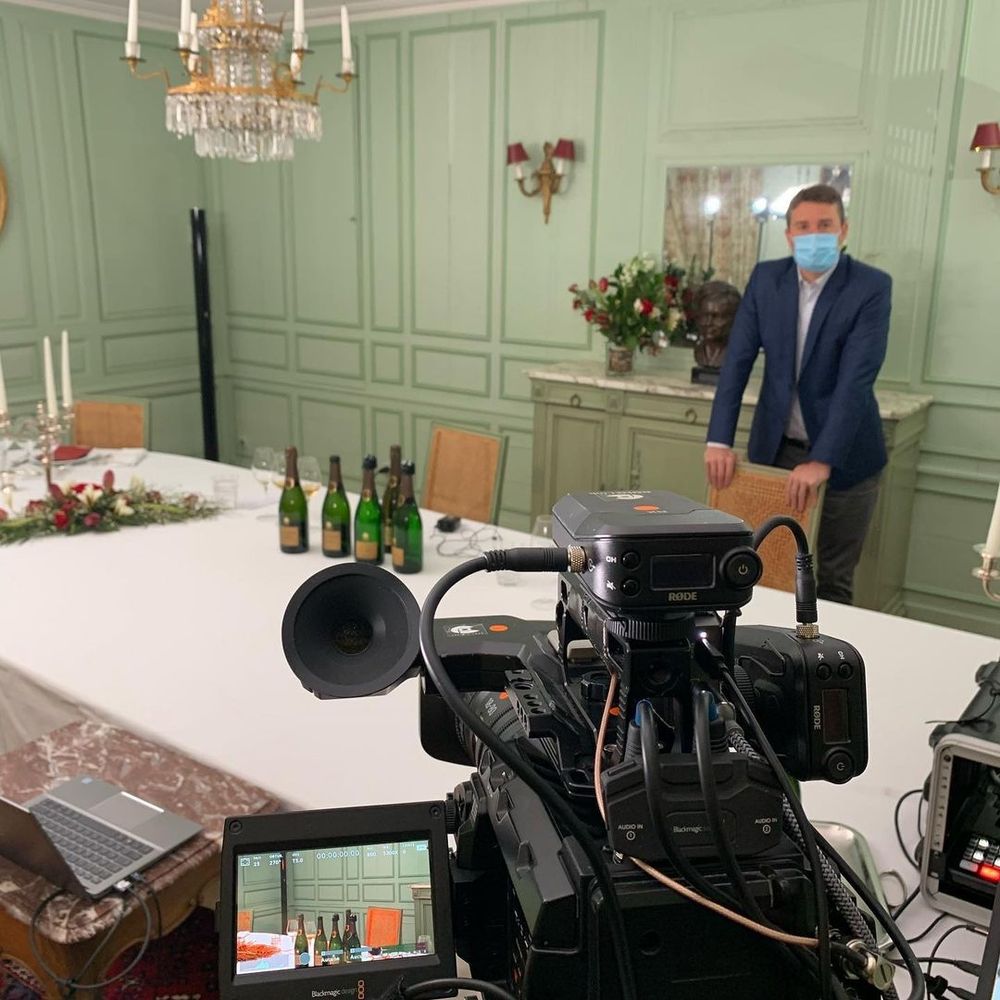
Where it all began – Madame Bollinger’s private dining room, with deputy cellar master Denis Bunner ready to present R.D. 2007
I am one of a dozen journalists invited by general manager de Belenet to the online launch of Bollinger R.D. 2007, the 25thvintage of Champagne Bollinger’s Extra Brut top cuvée which aims to combine old wine with the freshness that extended lees ageing and a recent disgorgement (récemment dégorgé) bring to it – R.D. has 14 years on lees, seven more than La Grande Année 2007.
What makes R.D. so unique a Champagne is the level of innovation behind it. At the first vintage’s launch in 1967 drinking mature Champagne was not de rigeur, with the fashion being to quaff it two to three years after bottling.
Neither was there a fashion for low dosage, with most Champagne in the 1950s having about 20 gms per litre residual sugar; Madame Bollinger, however, wanted Extra Brut. The first R.D. had less than 6 gms which was to underline the freshness and purity of the wine – the lower the dosage the purer it would be. Bollinger R.D. 2007 has just 3 gms pre litre.
The third bold move was to put the date of disgorgement on the front label. “Bollinger was the first Champagne house to talk about the disgorgement date and put it on the front label,” said de Belenet. The mechanics of Champagne production – jetting, oxygen use, disgorgement etc – are well know nowadays but not in Madame Bollinger’s day and she knew what an important thing disgorgement is.
In fact, the very concept of R.D. as a commercial Champagne was to continue the tradition that Madame Bollinger had with her own private dinner guests, of which she had many, having been widowed at just 42 years of age. Once you had had a good dinner chez Bollinger you descended to the cellar to choose a mature bottle that was disgorged à la volée by the-then cellar master André Bergeot and drunk amongst the friends (obviously with zero dosage). “We do that for our best friends, why don’t we do it for our customers?” was Madame’s thinking – tasting the finest aged vintages with a freshness on the palate. Which is where ‘recent disgorgement’ comes in.
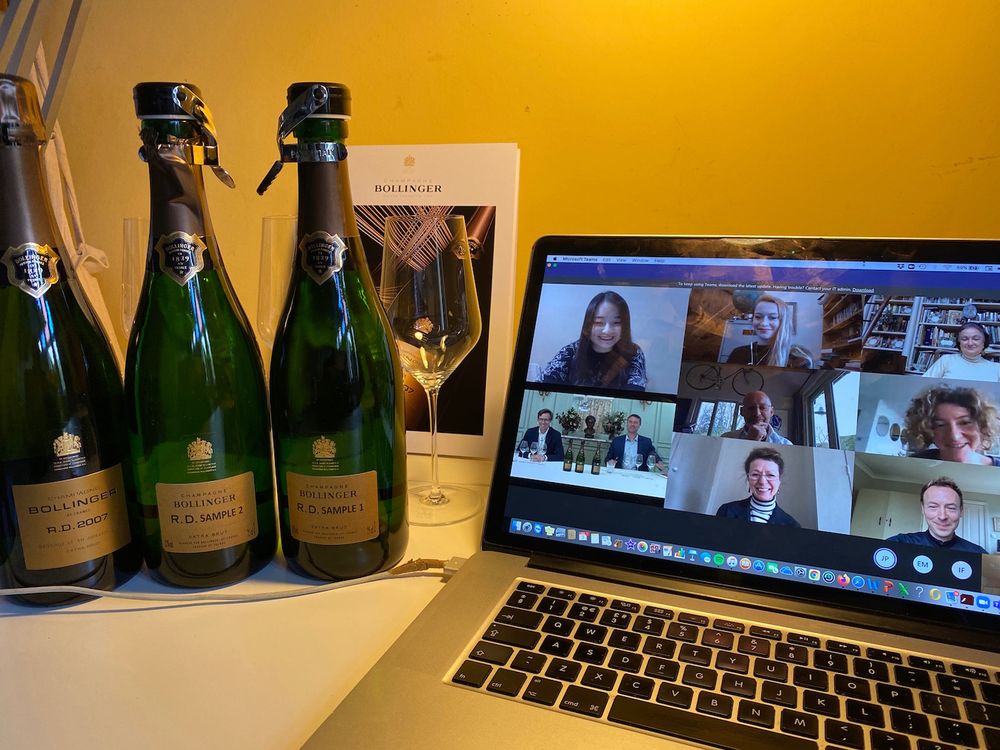
How the Zoom tasting worked – the bottom left of the screen shows the presentation from Madame Bollinger’s dining room. Note lots of smiling faces.
Proving how ‘recent disgorgement’ works
Before we tasted Bollinger R.D. 2007, de Belenet and deputy cellar master Denis Bunner, speaking from Madame Bollinger’s self-same dining room, had a similar act of playfulness and generosity in store for us. We were to taste and assess two mystery bottles that had been sent to us in advance and were labelled simply as Sample 1 and Sample 2 – we had to guess what they were and how they differed from one another.
The first clue was in the lack of pressure.
Sample 1 could have been mistaken for a still wine with so little carbon dioxide escaping on opening. Wine nerds will know that Champagne loses a bar of pressure every decade and this had already lost between 3 and 5 bars. Sample 2 also had reduced pressure, whether it was the same amount or not it was hard to tell.
The second clue was in the cork.
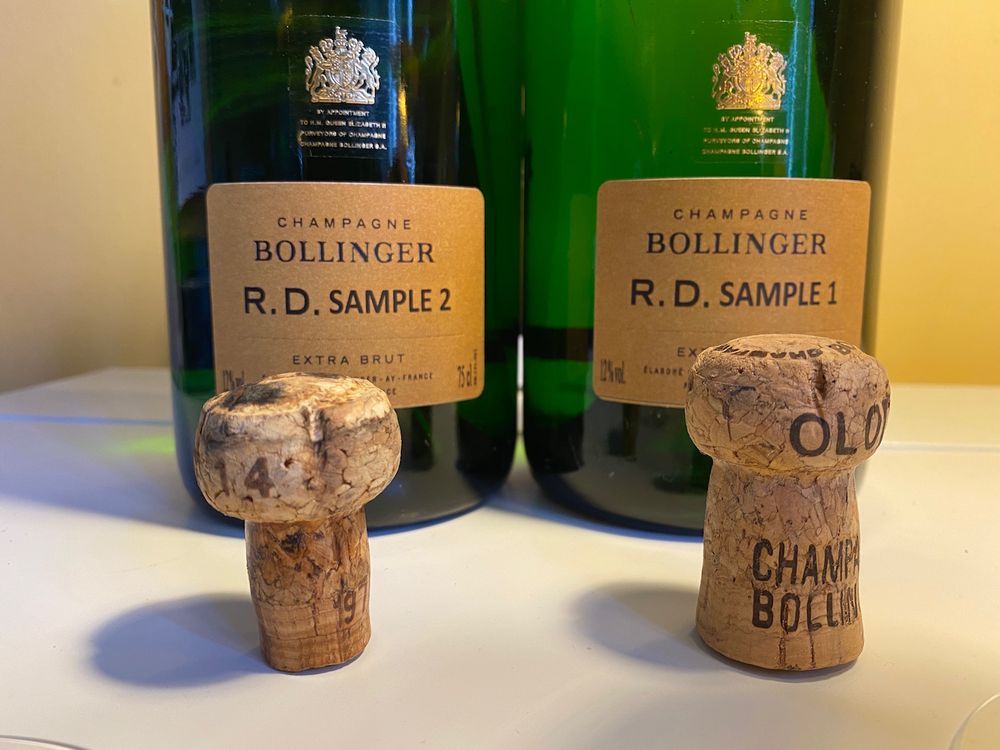
The cork for sample 2 was discoloured on the top and had been in the bottle longer, which you could tell by its shape. As for the wines, they were both clearly very old but smelt and tasted so different. Sample 1 was more oxidised and had lovely fungal, umami notes with a terrific lift of lemony-fresh acidity on the finish. Sample 2 was more reductive with coffee grounds, grilled nuts on the nose and a saline, modest underpinning of zest and ultra-fine fizz. Both had a lovely lemon streak of freshness that lasted and lasted.
The reveal was as unexpected as it was ingenious – they were the same wine with very different expressions; both Champagnes from 1976 no less, the only difference being that Sample 1 had been disgorged in December 2020 after 44 years on lees and Sample 2 disgorged in 2014 after 38 years.
Although both Champagnes were fascinating and quite delicious, tasting them with two other people through the course of the afternoon and into the evening, with and without food, Sample 1 – the bottle that had been recently disgorged – was easily the favourite, being brighter, with greater vivacity and a more clearly defined flavour profile. All the evolution of this wine was at the front end, but with a reinvigorated vivacity in the back end. The way in which recent disgorgment had given the 1976 vintage a new lease of life was tangible.
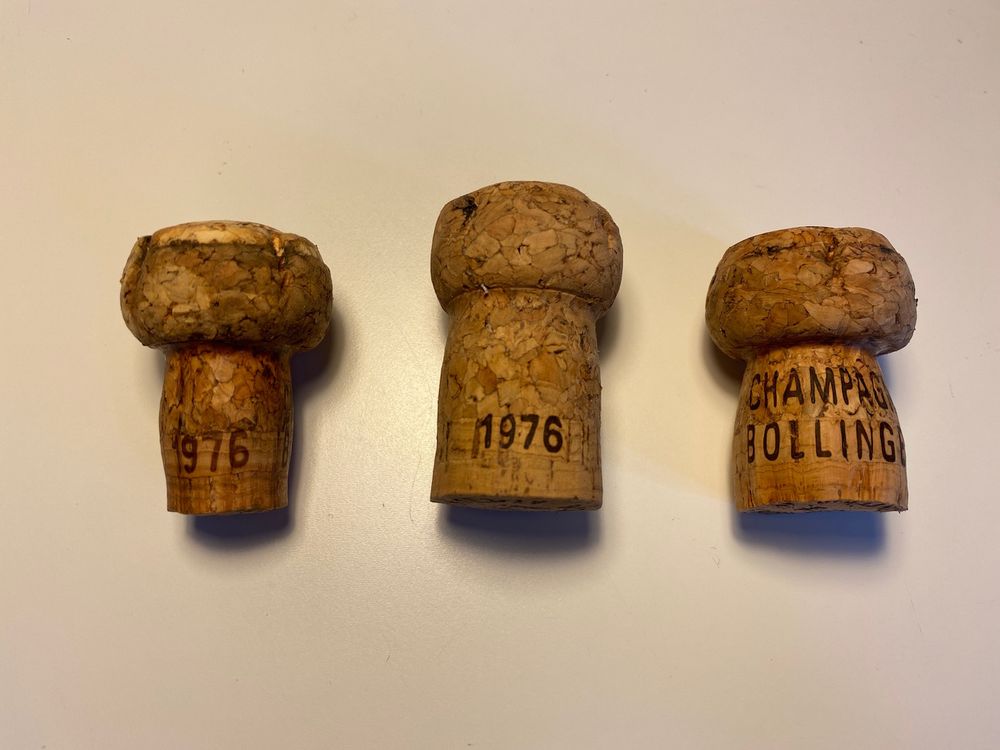
A tale of three corks. From left Sample 2, Sample 1 and Bollinger R.D. 2007
Bollinger still disgorges by hand, and has seven people dedicated to the task. A jet of wine is added after dosage that creates foam just before re-corking, one added difference in our experiment being that Sample 1 had not had that jet of wine, hence the greater oxidative qualities evidenced.
For the record, unlike a lot of Houses, Bollinger still uses natural corks to seal bottles during this second fermentation which, along with the fermentation of all its vintage Champagnes taking place in oak barrel, helps to retain freshness and texture. Hand disgorging is one of those tradition-USPs and level of details that adds time to the process on its own with automated disgorging achieving about 20,000 bottles an hour whilst with hand disgorging the number is closer to just 300 bottles an hour.
Tales of the unexpected (vintages)
Choosing to show us two Champagnes from 1976 was also down to some similarities between this vintage and 2007 although not down to the recent (erroneous) commentary that they were both hot vintages. 1976 was incredibly hot with harvest taking place early on September 1 (rare in those days). 2007 was an uneven vintage with a hotter than average Spring that saw bud burst happen a month early which (combined with the mild winter) saw harvest also happen early – but not down to heat as this was the cloudiest summer on record, with much of July and August both wet. 2007 was the first year under Champagne’s newly installed maximum yield of 15,500kg/ha, but most growers did not attain that level.
The summer rain and the unevenness of the 2007 vintage favoured houses like Bollinger that have scale and can pick and choose from, in Bollinger’s case, 180 hectares of vines. Where rot had affected many in Champagne, the best plots weren’t affected as badly because of the Grand Crus’ chalky top soil and their excellent drainage. As a result of this, 91% of Grand Crus fruit was used in Bollinger’s 2007 vintage (a higher percentage of 91% from 14 villages rather than 20) with a greater percentage of this GC fruit coming from Verzenay rather than Aÿ – both villages always accounting for just over half the blend.
The 2007 vintage was described as ‘unexpected’ not only because of the quality of the finished wine from such an uneven vintage but also its distinctive taste. Where many houses didn’t release a 2007, like 1976, it has turned out very well in the end despite its low expectations. “1976 was never expected to be a legendary vintage so it was so unexpected,” de Bellenet says.
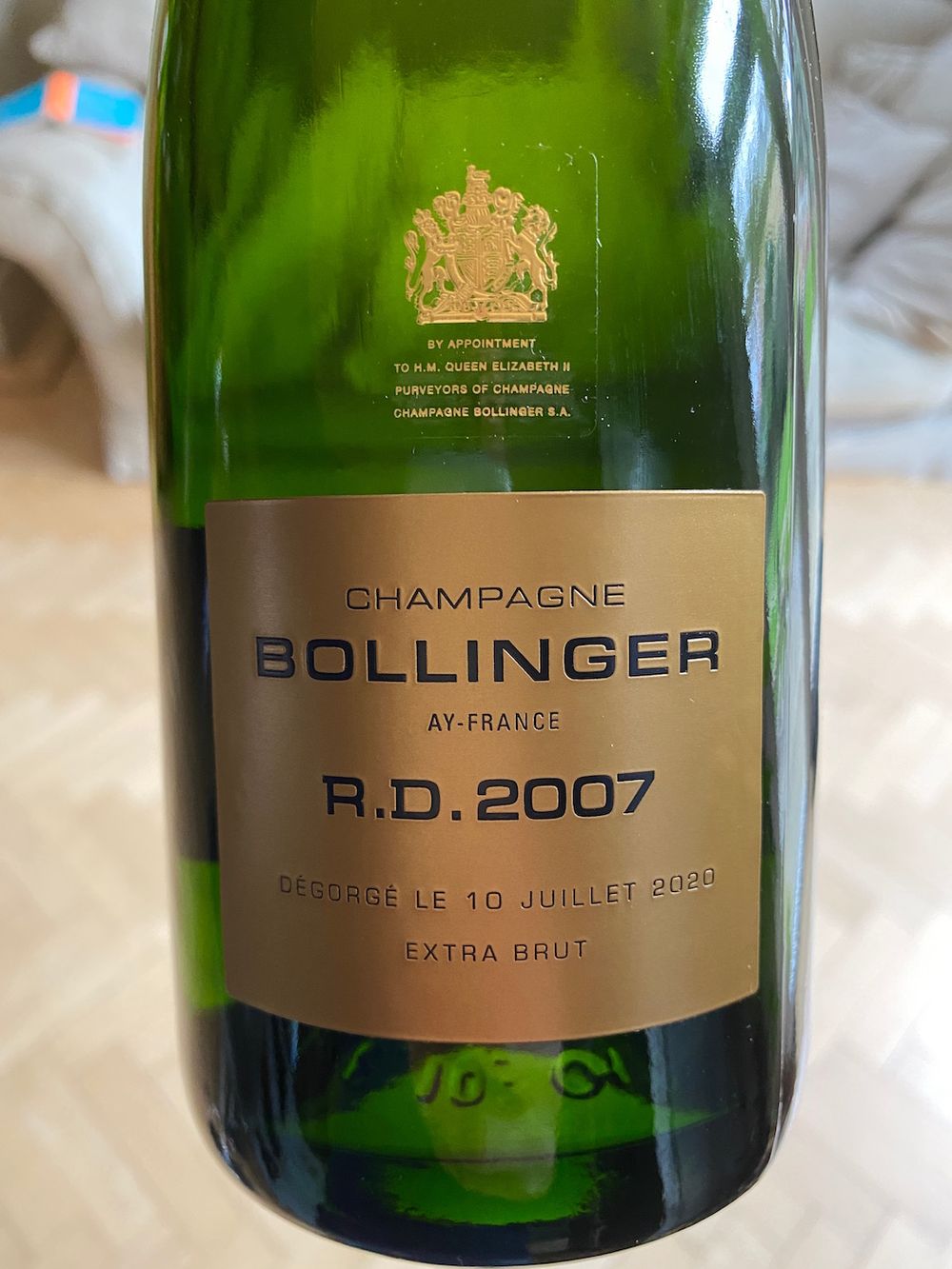
Tasting the Bollinger R.D. 2007 (Dégorgé le 10 Juillet 2020, Extra Brut)
For one of the highest regarded cuvées in Champagne there is a terrific level of modesty in the R.D. 2007 – this is neither showy, nor timid but has a delightfully pure and elegant expression that every so slowly reveals itself layer by layer – self-effacing even.
The colour is medium shiny gold, with a lively mousse. The nose is open and fresh, subtle fruit notes, acacia honey, fresh walnut flesh, wild fennel, draw you in with a hint of oriental spice and a cool freshness that I associate with walking into a damp, chalky cave. The palate is just as complex with a freshness that is thrilling, taut and intense. You may find yellow Mirabelle plum, salty shortcrust pastry with a green apple skin ‘zing’ on the finish that lasts for minutes. There is a gorgeous purity, intensity and level of energy to this wine that also has a chalky breadth on the mid-palate with hints of freshly baked brioche. Bollinger references a saffron note, also in terms of its food pairing which, once it’s highlighted, is hard to ignore.
Where the blend of R.D. 2004 was 66% Pinot Noir and 34% Chardonnay, R.D. 2007 is 70% Pinot Noir and 30% Chardonnay. Verzenay (29%) fruit dominates over Aÿ (26%) with the remainder of Pinot Noir being made up of Bouzy, Louvois & Tauxières. The 30% of Chardonnay is made up of Avize, Cramant and Oger primarily.
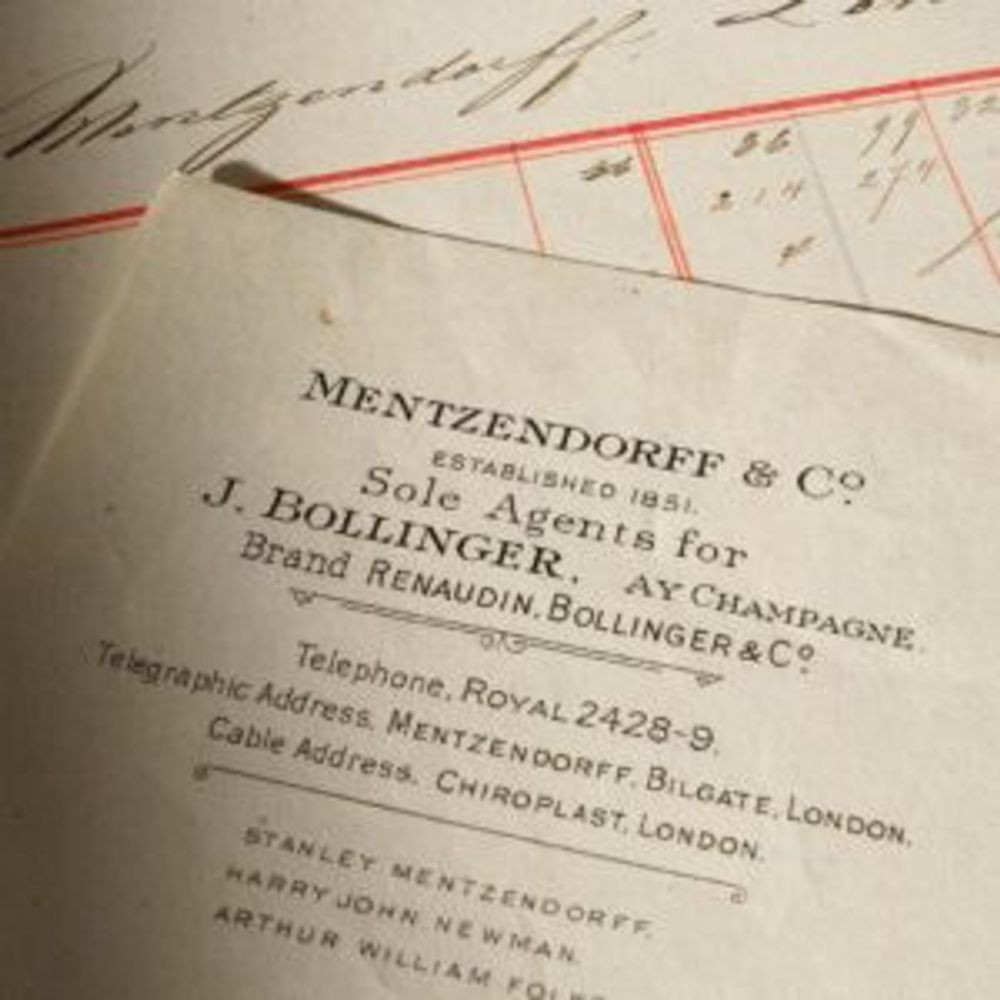
Bollinger R.D. 2007 is released by Mentzendorff for £625.00 IBD per 6x75cl. Mentzendorff is a supplier partner of The Buyer, you can read more about them here.







